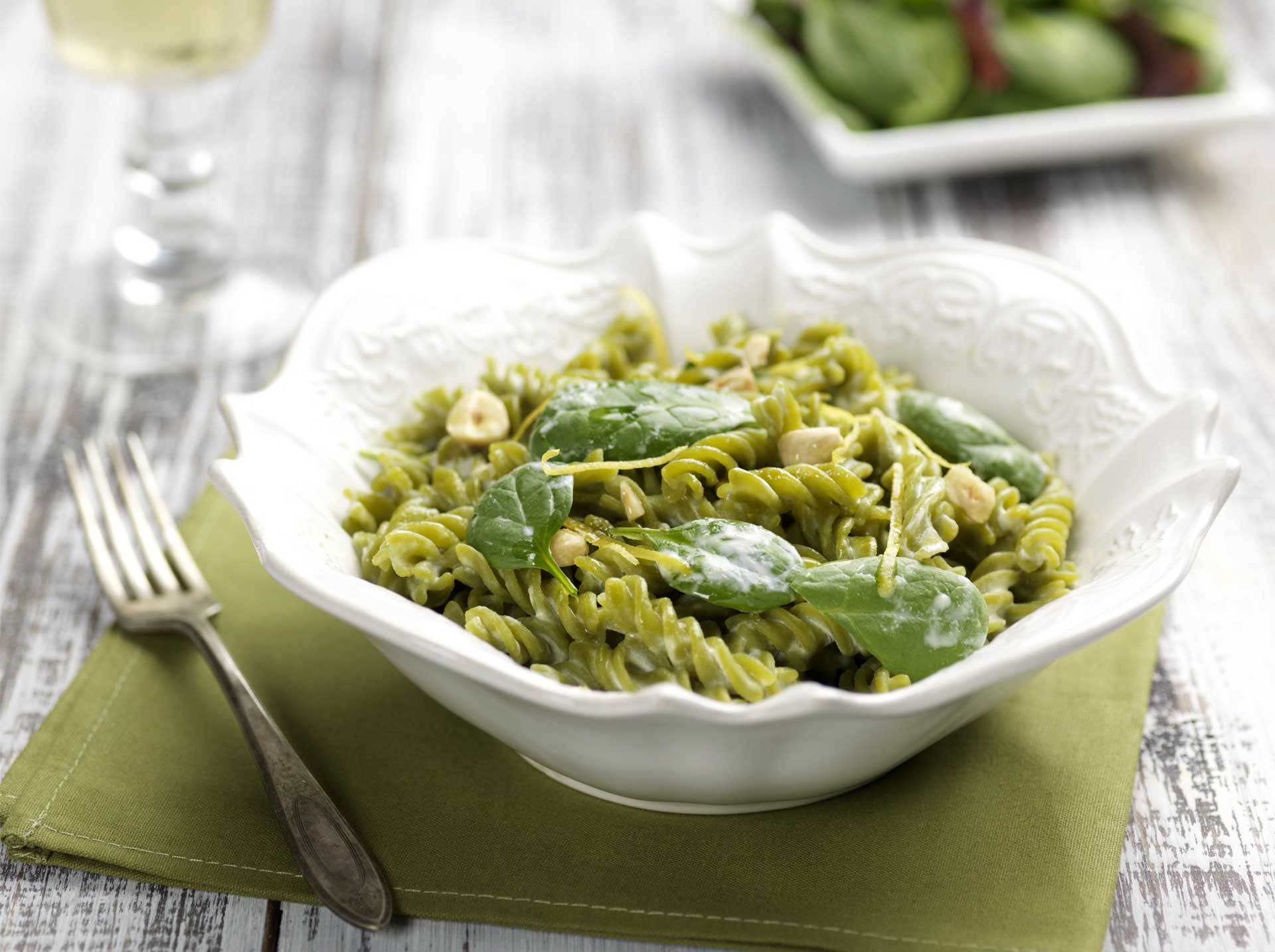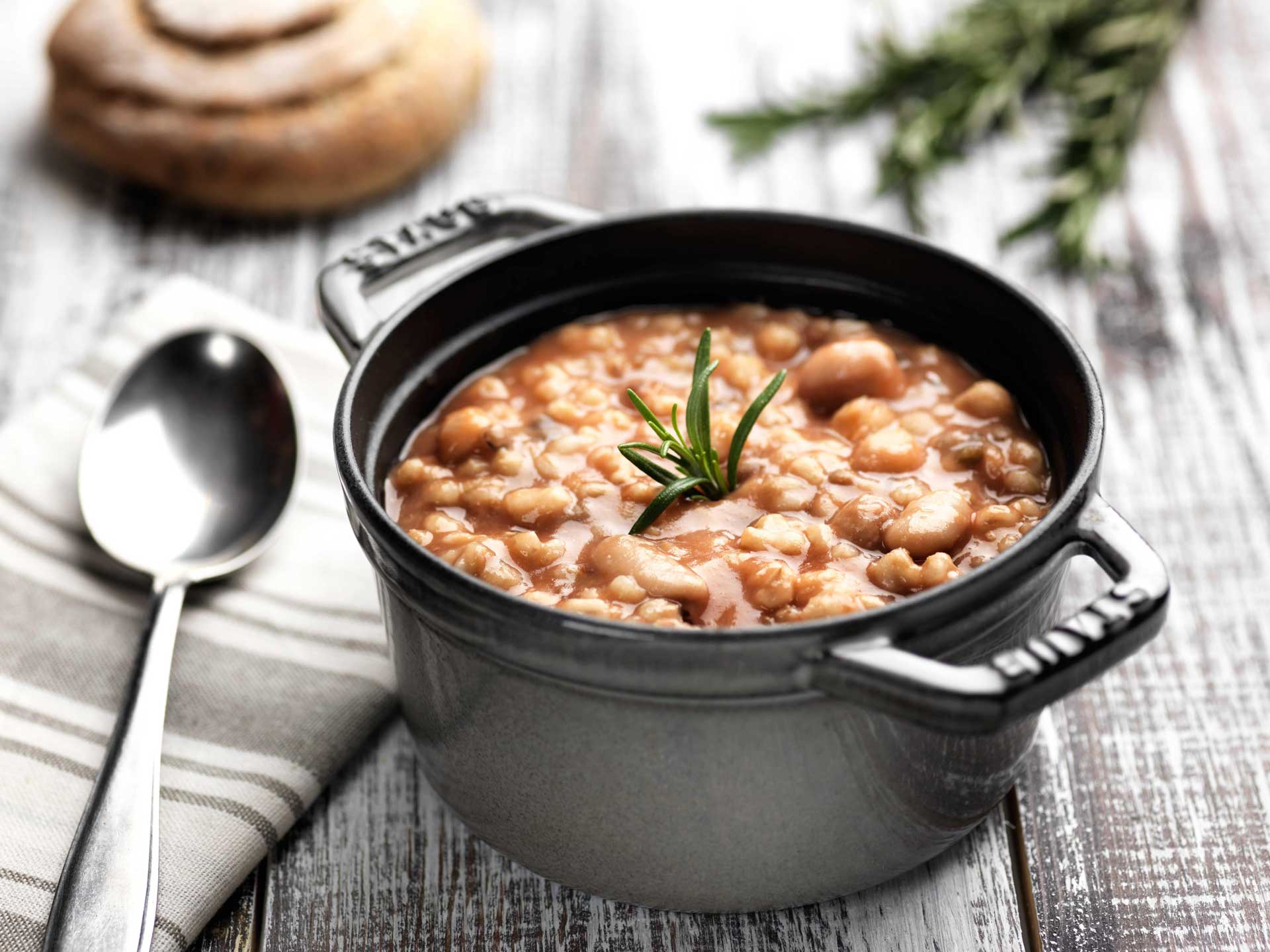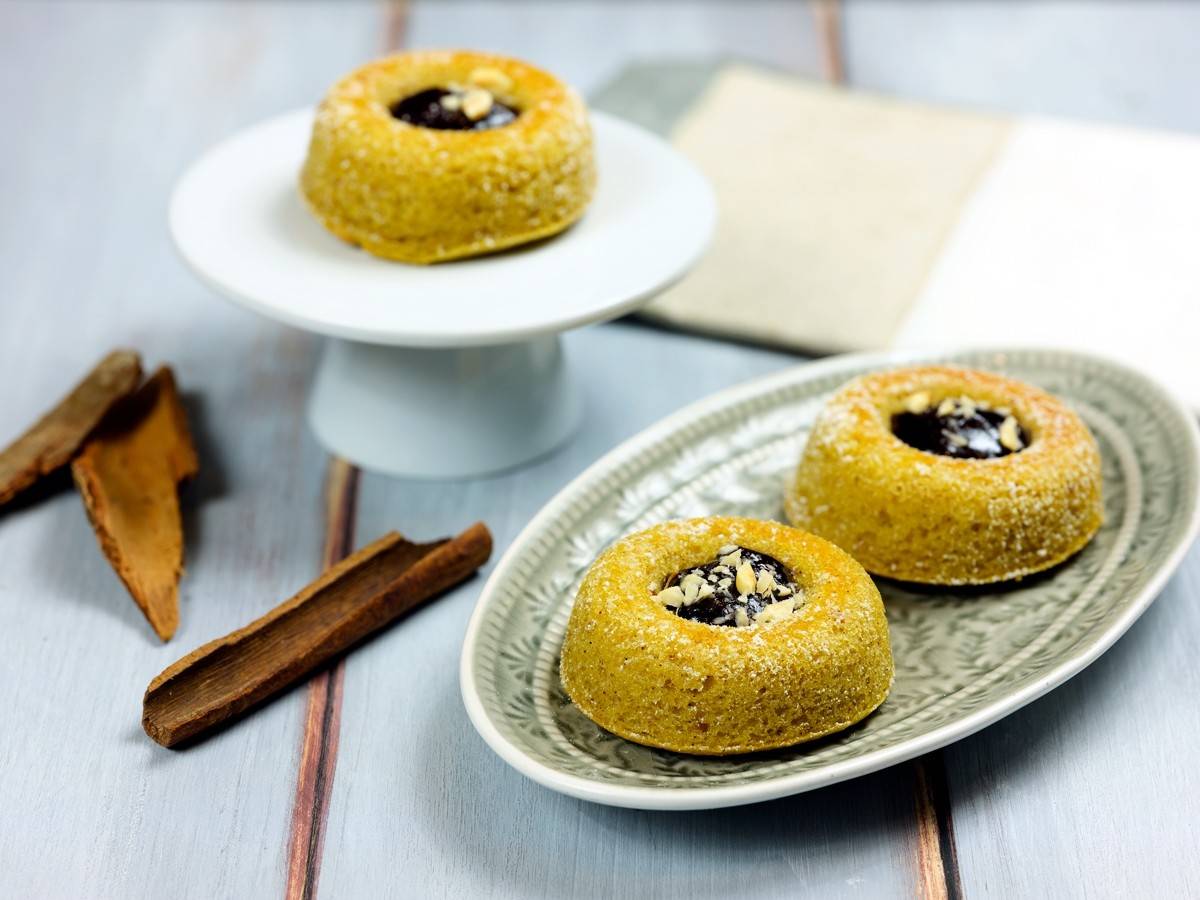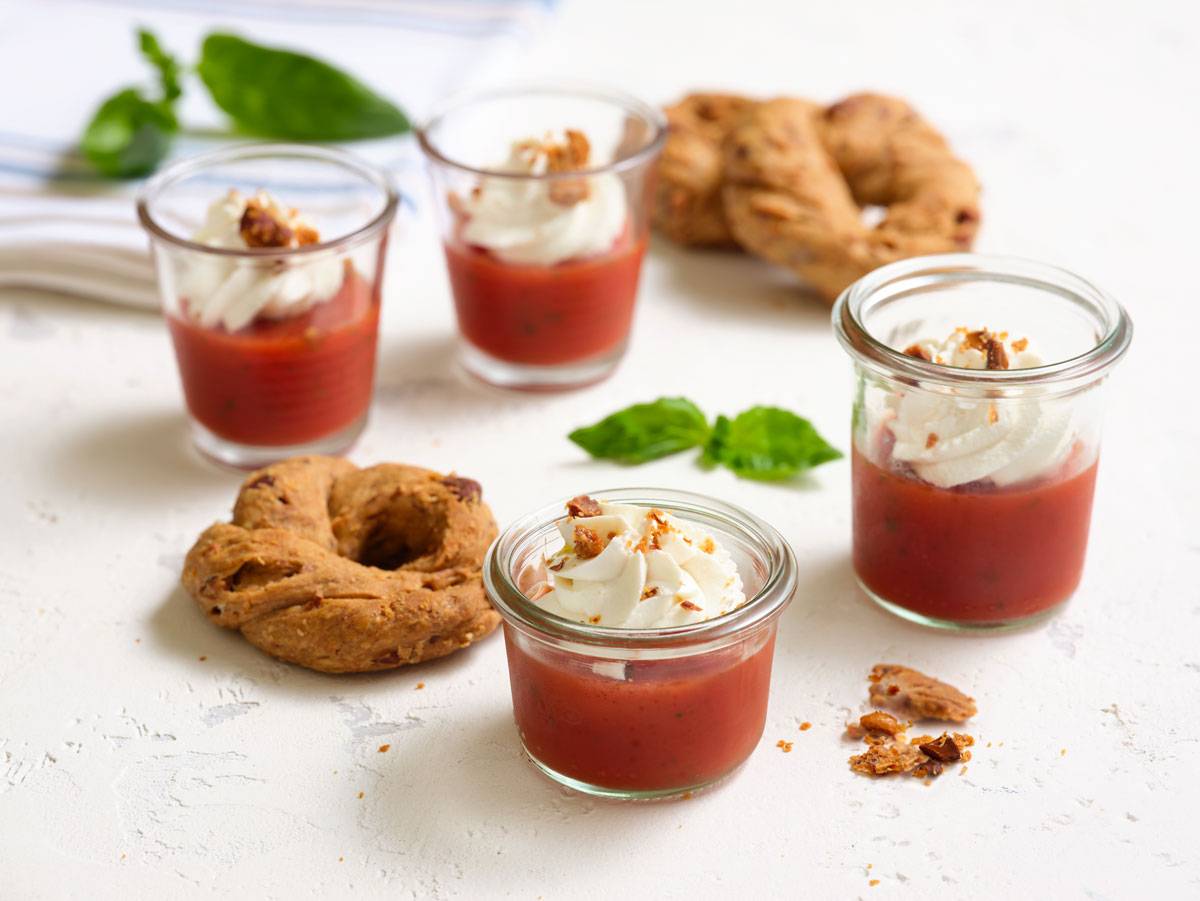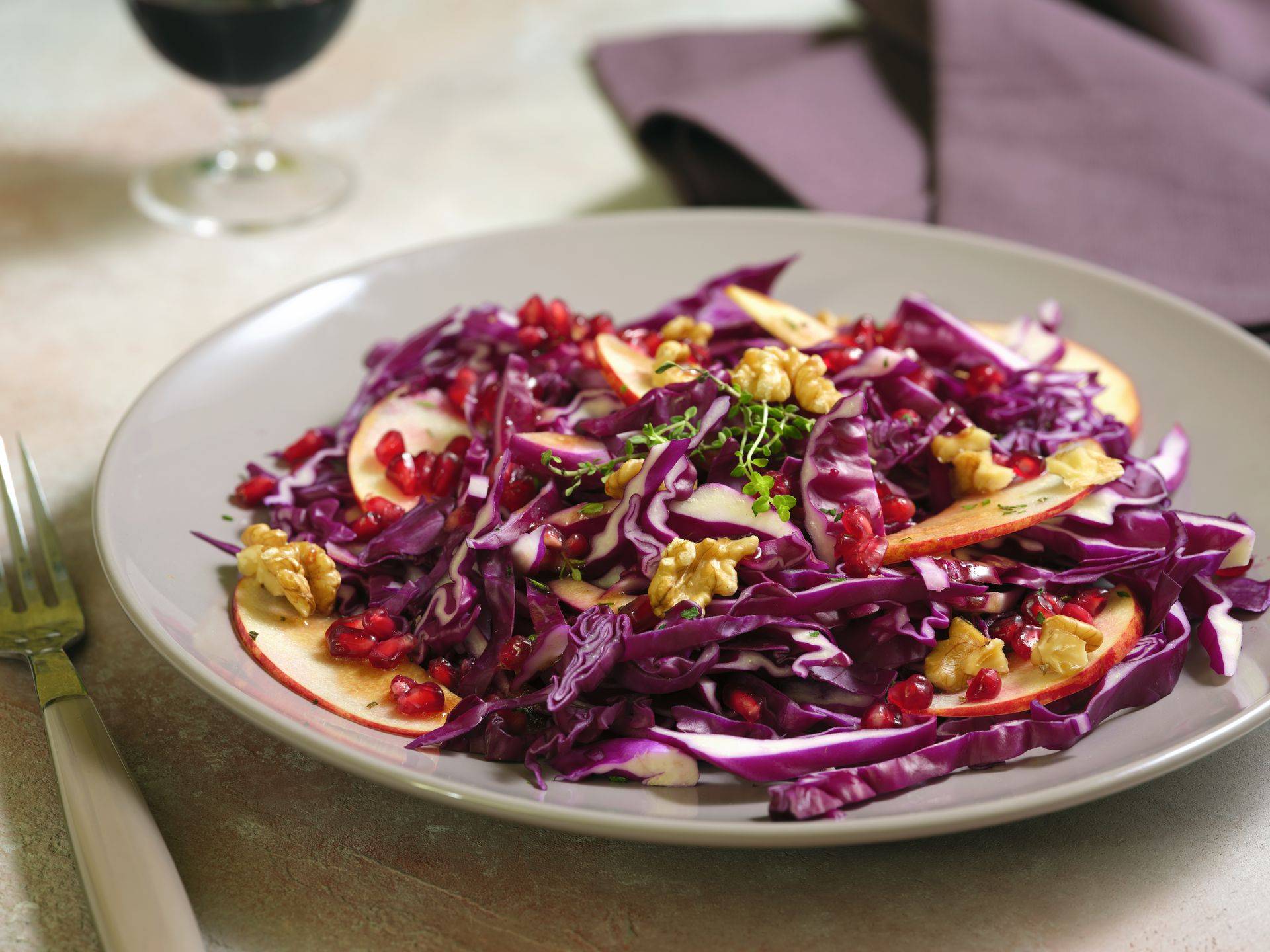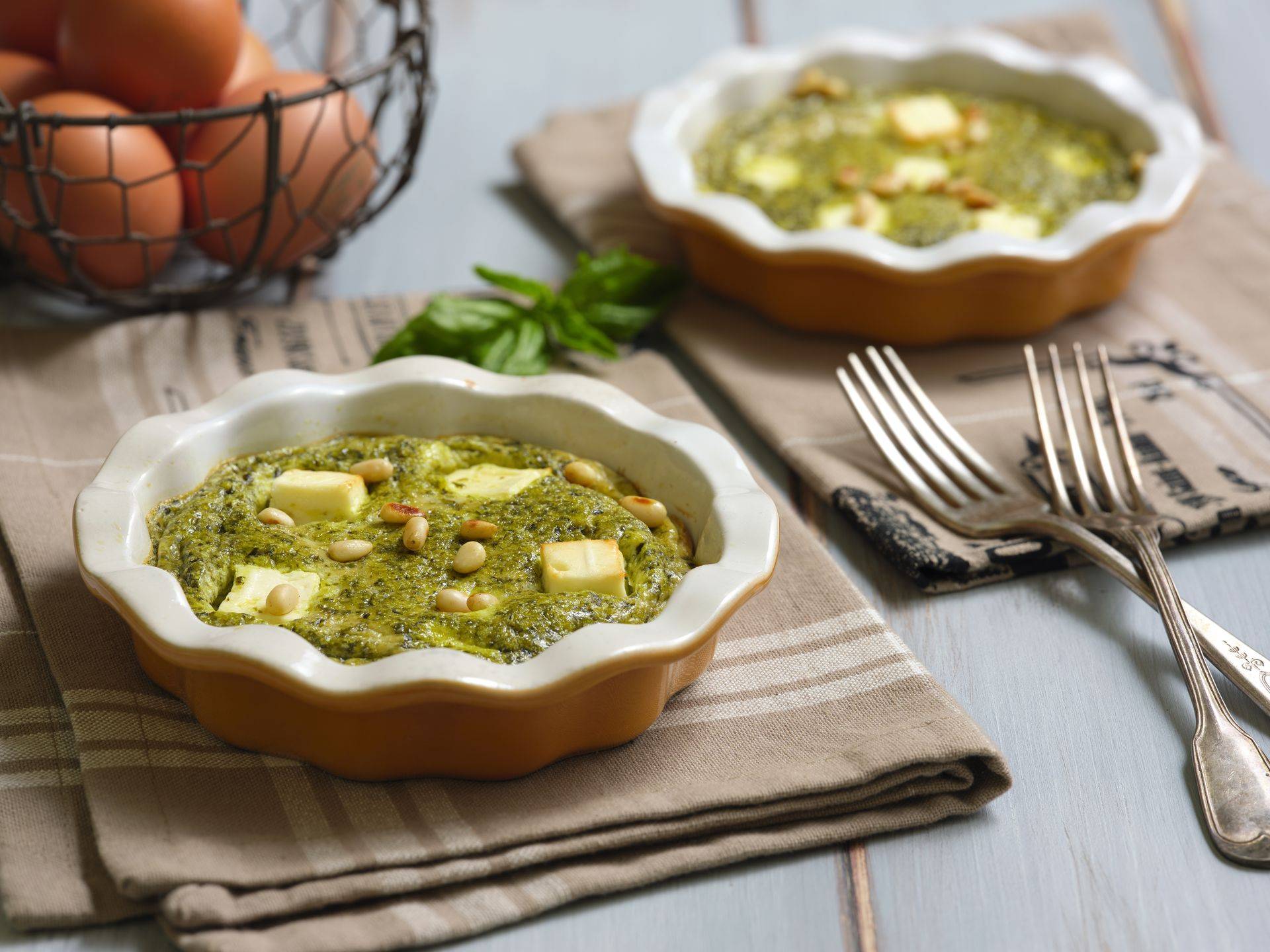.png)
Bronze-Drawn Pasta: Discover How It's Made
The choice of pasta is always a very important moment for lovers of this food, which encapsulates so much culture and history within itself. And what could be better than the variations it offers? Among the most popular, surely organic bronze-drawn pasta remains the favorite.
So, let's discover specifically what bronze-drawn pasta means and what are the characteristics that distinguish it to the point of making it the favorite pasta of Italians.
Meaning of Bronze-Drawn Pasta
Bronze drawing has a specific meaning. It refers to the process through which the dough, made of water and semolina, is extruded, that is, it is passed under pressure through a shape called a die or more commonly "drawplate" composed of holes that generate the shape. At the exit of the drawplate, there are a series of blades that, moving in a circular way, cut it at the desired height. It is important to specify the material that characterizes the drawplates because it changes the quality of the product. In fact, pasta drawing is one of the most important processes as it determines not only the shape but also the size, roughness, and structure as well as the color and porosity. The difference between the various types of pasta is really important, and knowing it allows us to choose the best among the proposals that the market offers. The history of drawing is ancient and has its roots in the distant 17th century when, following a severe famine, many pasta factories in the Kingdom of Naples decided to introduce this new process to exponentially increase production in order to cope with the impending crisis. The introduction of drawing and the replacement of artisanal and manual pasta processing had a significant impact on the development of pasta, replacing the techniques that had dominated since the 1500s. Different types of drawing were introduced from then until today.
Bronze-Drawn Pasta: Characteristics
Drawing pasta allows the dough to have specific qualities. Bronze drawing, in fact, gives the pasta particular properties:
- a matte color compared to the classic gold color that distinguishes the quintessential Italian food;
- rough and much more porous pasta compared to the common one;
- a production process that exposes it to much lower temperatures and for a longer time to carry out slow and optimal drying and preserve its nutritional values more.
Among the characteristics that differentiate this pasta from all others, there is certainly also the cost. Bronze-drawn pasta enjoys significant price differences mainly dictated by the use of more expensive materials subject to continuous maintenance (the bronze drawplates precisely) and by the "slowness" of the process and therefore by the lower pasta/hour production ratio.
Difference between Bronze-Drawn and Teflon-Drawn
Artisanal bronze-drawn pasta has important nutritional qualities, a factor that puts this food on the podium compared to others. However, in addition to bronze drawing, there is also Teflon drawing, which involves a different process. Teflon is certainly less expensive than bronze as it is based on a much faster and therefore less expensive production. In this case, the pasta also assumes different characteristics, visible even to the less knowledgeable. First of all, the color: from the matte of bronze, it turns to intense yellow, the surface is much smoother, and the product is less porous (which makes it perfect for less elaborate condiments). The choice between bronze-drawn pasta and Teflon-drawn pasta substantially reflects personal taste. From temperature to color, to intensity of the dough, and to the nutritional values that characterize it, each type of pasta responds to specific needs.
All Types of Bronze-Drawn Pasta
Bronze-drawn pasta is therefore an important and tasty alternative to classic Teflon-drawn pasta. Precisely for this reason, it is necessary to carefully evaluate the different types. This type of processing allows pasta lovers to choose all the goodness they prefer to bring to the table, embracing a healthy style and enjoying the best dishes. You can choose between:
- organic spaghetti drawn in bronze;
- rigatoni;
- long pasta such as fettuccine and tagliatelle;
- shells and smooth pasta drawn in bronze.
All variants are designed to offer the best to your kitchen without ever sacrificing taste and always taking advantage of the best quality pasta made for your recipes.
Bronze-Drawn Pasta, Use in the Kitchen
The bronze draw for pasta enjoys a well-structured history especially in the kitchen. The porosity and roughness that specifically retain more sauce and seasoning make it the undisputed protagonist and the queen of recipes with Italian and genuine flavors.
Recipes with Bronze-Drawn Pasta
Considering that this food is available on the market in various formats and lengths, pairing it with your preferred seasoning is easier than expected. For a quick, tasty meal that does not give up the organic flavor of all the products that nature offers us, you can create dynamic dishes with the help of ready-made sauces:
- basil sauce;
- arrabbiata sauce;
- Neapolitan sauce;
- mushroom sauce or
- marinara and garlic.
Clearly, the combination of organic sauce - porous pasta is perfect, which is why every condiment deserves to be tried. The recipe that blends quality and taste with an all-Italian style comes to the table by mixing with the best ingredients born from organic fields. What are you waiting for to try it?
